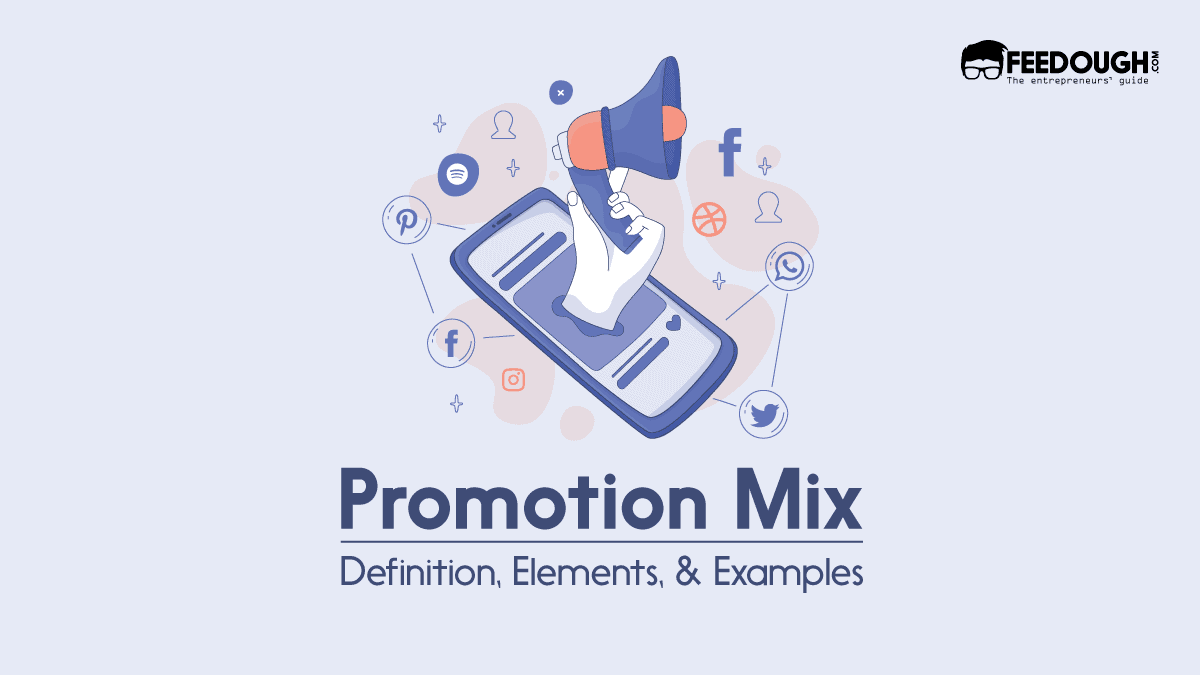Owned, earned and paid media are the three pillars of a cohesive marketing communication strategy. One focuses on the interacting with the target audience through communication channels owned by the company, the other involves earning publicity by building relationships, doing stunts, and providing great content, and the third involves paying the communication channels and influencers to promote company’s content.
While the strategies used are different, the ultimate goal of using owned, earned, and paid media is the same – to generate awareness and engage the users with the brand. Moreover, all these three pillars are interconnected and work together to contribute to a 360º marketing strategy.
What Is Owned Media?
Owned media refers to the communication channels owned and/or controlled by the brand. These refer to the brand’s website, blog, newsletters, mobile apps, etc.
Owned media are the organic touch points of the brand. These touch points are supported by three elements:
- Content: Owned media is the vehicle used to transfer the first hand information directly from the brand to the target market. Newsletters, website announcements, blog posts, social media posts are some examples.
- Context: The sole purpose of having owned media is to make users have a first hand experience in interacting and engaging with the brand which other mediums fail to provide. Owned media has more power to make customers stick to a brand than paid and earned media. Loyalty programs, reward programs, social media posts and replies, and other corporate humanization techniques give context to the owned media channels.
- Community: Owned media is known to be the gate where the users connect to the brand directly and form a relationship. These can be social media groups, virtual forums, social media profiles, etc.
Owned Media Examples
Owned media are the touch points in control of the brand. These include:
- Website
- Social media profiles
- Mobile Application
- Retail Stores
- Newsletters
- Brochures
- Pamphlets
What Is Paid Media?
Paid media refers to the paid communication channels used by the brand to impart information to a wide audience. It involves getting paid publicity and attention, and driving the traffic to the owned media properties by using advertisements, brand integration, and by paying influencers.
Paid media isn’t considered as impactful as earned or owned media but it has its own advantages. It is the best way to make your target market aware that your brand exists. Besides brand awareness and brand exposure, paid media helps boost the confidence of existing customers in the brand and even help marketers retarget them using personalized marketing strategies. Nevertheless, the ultimate objective of using paid media is to increase the sales of brand’s products and/or services.
Paid media are the third party touch points acquired/rented by the brand for a limited time period by paying for it. They have the following characteristics:
- Reach: Paid media has the highest reach among the three types of communication media. It range from television advertisements to social media advertisements and give more exposure to brand than owned or earned media.
- Information: A brand tend to provide as much information as it can through paid media to make users purchase its products.
- Differentiation: Paid media channels are crowded places and every brand tries to differentiate itself to stand out of the crowd.
Paid Media Examples
Paid media are touch points acquired by paying for them. These include:
- TV, radio, and newspaper advertisements
- Advertisements on social media websites like Facebook, Twitter, LinkedIn, etc.
- Paid promotions by influencers
- Brand integration and product placement
- Search Engine Advertisements
What Is Earned Media?
Earned media is essentially word of mouth and promotion of the brand done voluntarily by third parties like news channels, influencers, people belonging to the target group, and others. Earned media is the response to a stimulus that is viral content.
The entire industry of public relations is built around earned media where they use relationships, content development strategies like press releases and story pitches, and other positive publicity strategies to spread the news about brand and its actions. Earned media is:
Uncontrolled: Unlike paid media, earned media content cannot be controlled or monitored by the brand. The same news can be interpreted differently by different people and can be shared with a different motive by them.
Trustable: A news or other information shared by third party is considered more trustable than when it’s shared by the brand itself.
Economical: Earned media isn’t bought and hence require negligible investment by the brand.
Earned Media Examples
Media is said to be earned when the brand becomes featured in or a part of-
- News articles
- News shows
- Documentaries
And when it (organically) becomes trending on social media websites.
Difference Between Owned, Earned, and Paid Media
Owned Media | Paid Media | Earned Media | |
|---|---|---|---|
Definition | Communication channels owned and/or controlled by the brand. | Paid communication channels used by the brand to impart information to a wide audience. | Word of mouth and promotion of the brand done voluntarily by third parties like news channels, influencers, people belonging to the target group, and others. |
Examples | Examples: Websites, Blogs, Social Media Profiles, Brochures, pamphlets, etc. | Examples: TV, radio, newspaper, and social media advertisements, Paid promotions by influencers, etc | Examples: Getting featured in a news show or a documentary. |
Go On, Tell Us What You Think!
Did we miss something? Come on! Tell us what you think about our article on owned, earned, and paid media in the comments section.
A startup consultant, digital marketer, traveller, and philomath. Aashish has worked with over 20 startups and successfully helped them ideate, raise money, and succeed. When not working, he can be found hiking, camping, and stargazing.







![What Is Demand Generation? [The Ultimate Guide] What Is Demand Generation?](https://www.feedough.com/wp-content/uploads/2019/05/DEMAND-GENERATION.webp)
